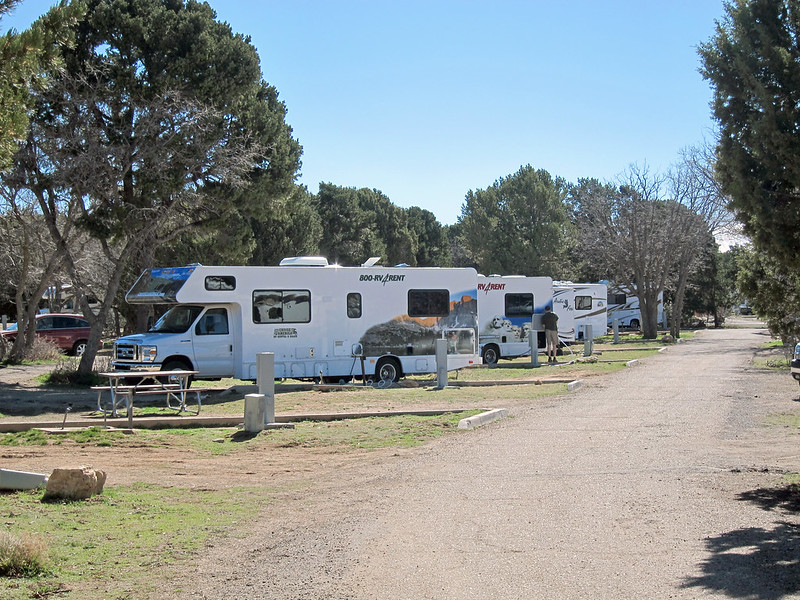Don’t delay — start thinking about winterizing your RV today
November 3, 2020
Unless you’re headed to a warmer climate for the winter — or you live in one already — fall is the time to start preparing your RV for winter (as long as you’re done using it for a while, that is).
The elements can wreak havoc on your RV’s systems and exterior, but with these five tips from the Family Motor Coach Association (FMCA) and Kampgrounds of America, you’ll protect your investment and make sure it’s ready to go in the spring!
Before we get started, though, remember to always check the owners’ manuals for both your RV and any appliances you have — and follow those specific instructions.
- Drain and blow out the water lines. Frozen water will do a real number on your RV’s water system. So clear the lines and drain the tanks, and then add nontoxic antifreeze following the specifications in your manual. Note that you should NOT use automotive antifreeze. Need help? Check this step-by-step KOA list for more detail: http://rvservices.koa.com/rvinformation/rvmaintenance/step-by-step-rv-winterizing-checklist.asp
- Clean the interior. You don’t want food to spoil and risk mildew on bedding and clothing, so remove all of it from your RV. (You also want to get anything out that will attract animals and insects looking for a cozy winter home.) After you clean the interior, open up the cabinets and fridge and leave them that way. Close your blinds to keep the sun out, too.
- Then, tackle the exterior. Clean all surfaces, including tires (which should be properly inflated), and then put an RV cover on if you have one. Make sure awnings are dry before you roll them up, and close all the windows and doors.
- Watch the battery. Actually, don’t watch it — disconnect it, particularly if you won’t be driving your RV for at least 30 days.
- Find a good place to park. After you’ve spent all this time getting your RV protected for winter, don’t park it somewhere unsafe, where a tree could fall on it or high weeds will attract insects.
Bonus tip: While you’re not driving your RV, call your insurance agent — you may be able to save money if it won’t be on the road for an extended period of time.
Reposted with permission from the original author, Safeco Insurance®.
Top image by Flickr user Grand Canyon National Park used under Creative Commons Attribution-Sharealike 2.0 license. Image cropped and modified from original.
